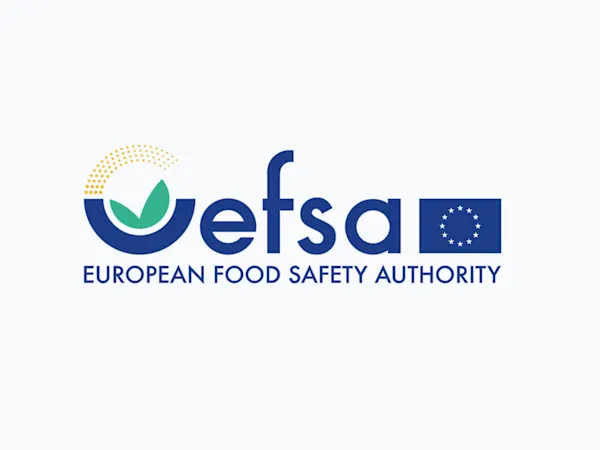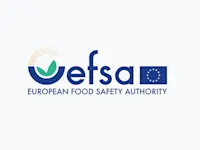
EFSA Seeks Feedback on Overhaul of Weight of Evidence and Biological Relevance Guidance
EFSA launches consultation on updating its Weight of Evidence and Biological Relevance guidance, aiming to streamline chemical risk assessment practices.


The German Environment Agency (UBA) has called for significant updates to the risk assessment of soil microorganisms exposed to agricultural chemicals, including pesticides, biocides and veterinary pharmaceuticals. The recommendations follow the MICROSOIL project, which found that current testing methods fail to capture the full scope of risks, potentially overlooking impacts such as antibiotic resistance in soil bacteria.
The existing risk assessment for plant protection products (PPPs) relies heavily on the OECD 216 nitrogen turnover test. While useful, this laboratory method does not address all potential threats to the soil microbial community. The MICROSOIL project identified five alternative testing approaches through literature review and scoring, with subsequent laboratory trials across three soils and six test substances.
UBA experts propose adding:
The study also found that repeated chemical applications, and the presence of multiple substances, can either enhance or reduce microbial degradation capacity, underscoring the complexity of soil-chemical interactions.
These findings have far-reaching implications for professionals across the manufacturing value chain, including agrochemical producers, regulatory bodies, and food supply chain stakeholders. The omission of antibiotic resistance assessment in current veterinary pharmaceutical testing is a particular concern, given its potential to affect both environmental health and human safety.
The proposed testing enhancements would improve the detection of sub-lethal and structural impacts, enabling more informed regulatory decisions and supporting sustainable soil management practices.
Foresight continuously tracks 1000s of sources and maps updates to your portfolio:




EFSA launches consultation on updating its Weight of Evidence and Biological Relevance guidance, aiming to streamline chemical risk assessment practices.

Germany's CONMAR-Impact study sets new environmental quality standards for TNT in marine ecosystems, raising industry-wide compliance questions.

EU Member States urge the Commission to accelerate the REACH revision, citing urgent health, environmental, and industry competitiveness needs.
Subscribe to Foresight Weekly and get the latest insights on regulatory changes affecting chemical compliance.
Free forever. Unsubscribe anytime.
Read by professionals at